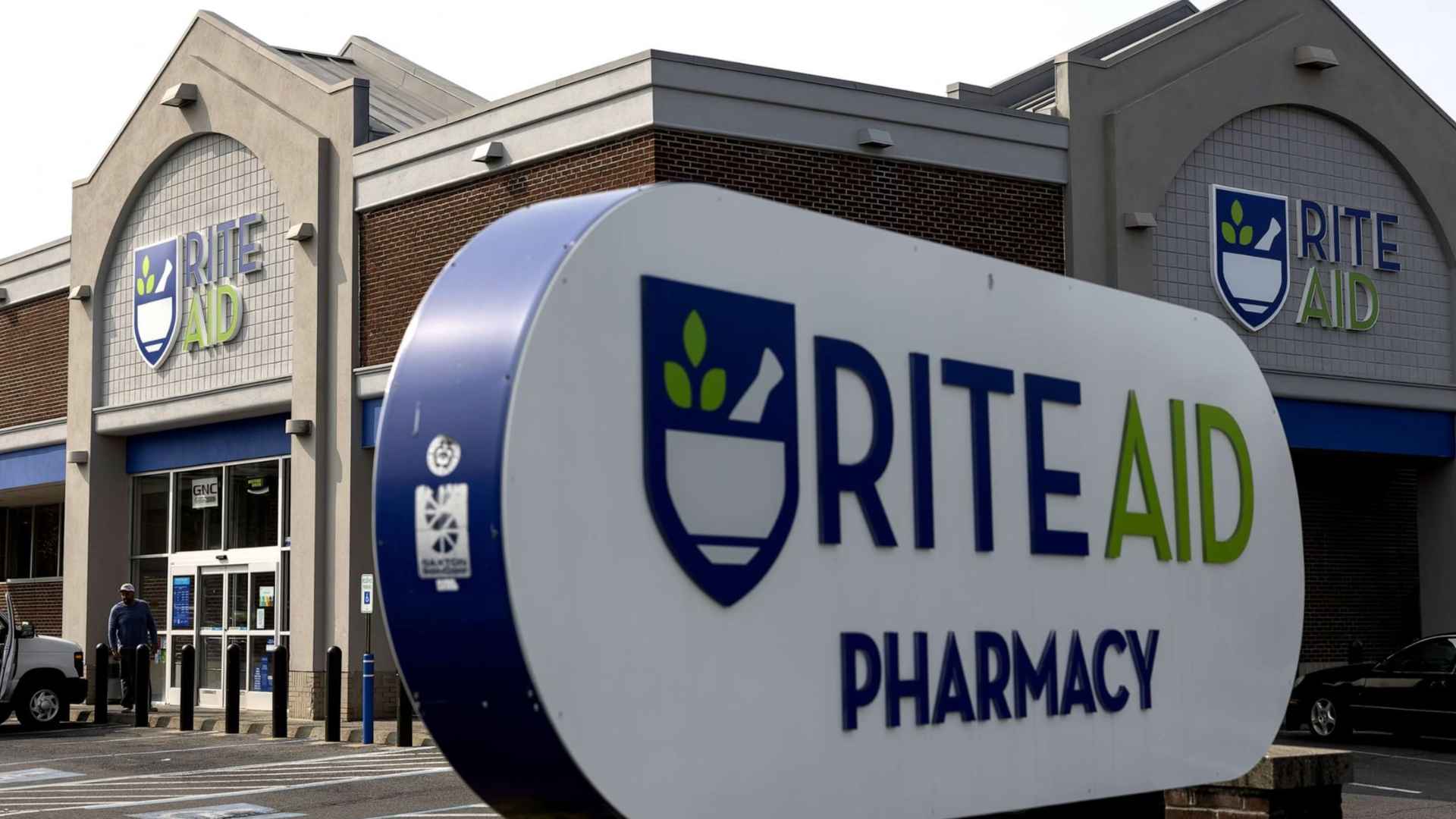Rite Aid has once again filed for Chapter 11, making it the 14th company to do so for a second time since early 2024. This dramatic move could spur further closures and a swift sale of key assets.
Rite Aid, which previously shuttered hundreds of branches, plans to close at least 47 more stores as part of its new restructuring. The drugstore chain has already sold or closed 29 retail locations and signed agreements to transfer the prescription files of 63 additional sites. For anyone wondering about how this might affect your local pharmacy, it’s important to note that these closures are part of an ongoing effort to tackle debt and streamline operations.
Why Rite Aid’s second Chapter 11 filing is sparking concern across the industry
The abrupt pivot from operating thousands of locations in 2023 to shedding dozens of stores has raised questions among experts. Rivals CVS and Walgreens also downsized in recent years to balance out the pharmacy market.
According to George Hill, a Deutsche Bank managing director, the industry previously “seemed to be growing footprints and locations kind of faster than the need for pharmacies was growing.” This suggests Rite Aid’s bankruptcy may reflect a broader pharmacy trend toward reducing overcapacity.
How the accelerated sale process could alter the future of Rite Aid stores
Sarah Foss, head of legal at Debtwire, noted that a drawn-out sale process could undermine Rite Aid’s remaining value if customers switch to competitors. However, an auction process, set for no later than May 14 for pharmacy assets and June 20 for other assets, aims to move rapidly.
This approach could protect the company from lingering uncertainty, allowing assets to be sold “free and clear of liens, claims and encumbrances.” Final bankruptcy court approval is expected about a week after each auction date.
What shoppers and employees need to know about potential closures and asset auctions in 2025
Rite Aid’s strategy involves stabilizing its finances, but staff and customers could experience significant changes before the process wraps up. Are you concerned about whether your pharmacy will stay open? Keep in mind these key points regarding store closures:
- Ongoing closures: At least 47 more stores are expected to close.
- Additional sales: Prescription files from 63 other locations have been sold or transferred.
- Financial aims: The company is focusing on lowering debt and streamlining operations.
This restructuring, although challenging, could help Rite Aid redefine its footprint in a more sustainable way. Still, many are watching closely to see if the chain can rebound and preserve essential pharmacy services across the United States.
In conclusion, Rite Aid’s second Chapter 11 filing underscores the intense competition and shifting landscape of the pharmacy industry. Individuals who rely on the chain should stay tuned for updates about location changes and prescription transfers. Ultimately, the expedited sale and auction process may offer Rite Aid a path to move forward if executed swiftly and effectively.

